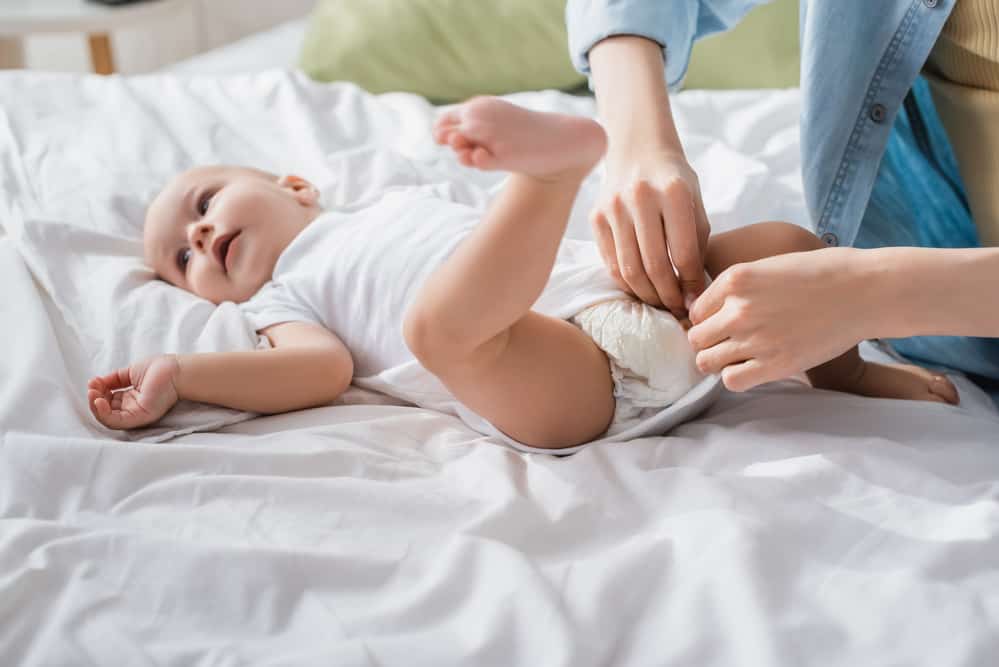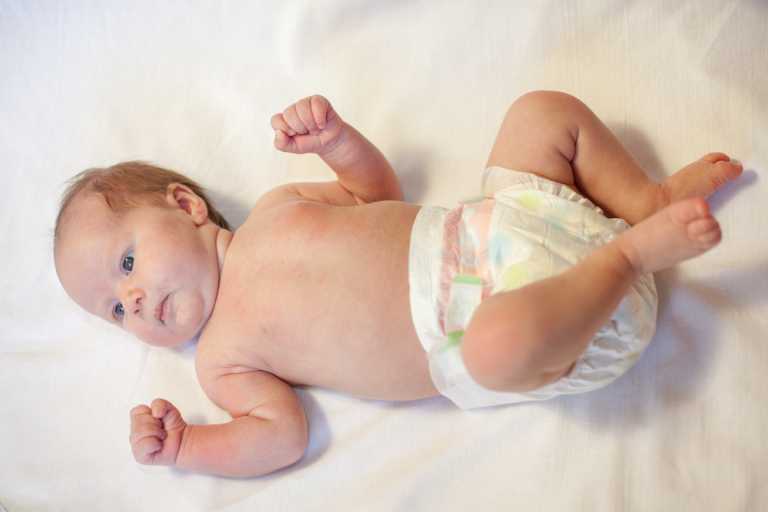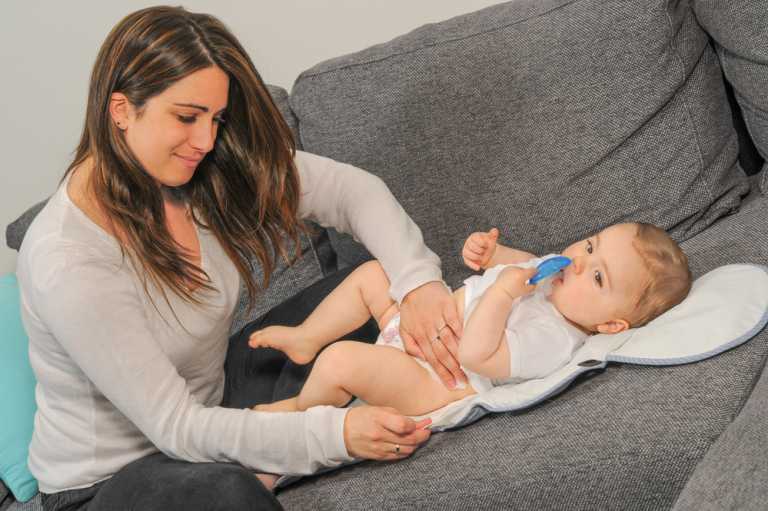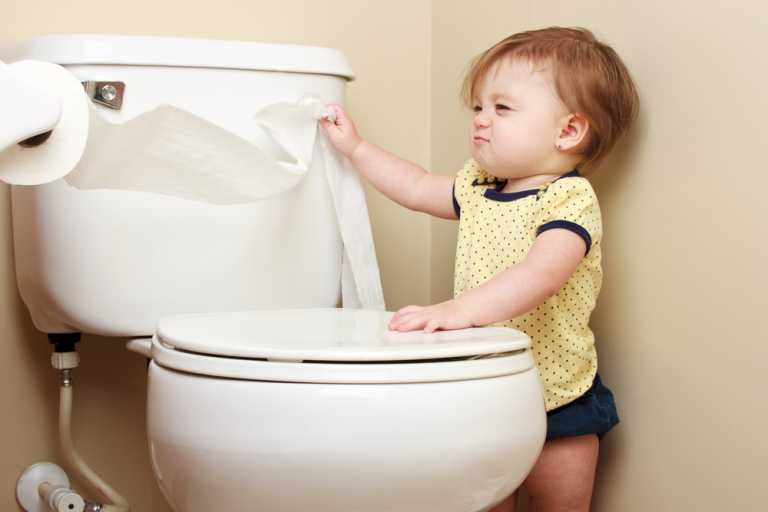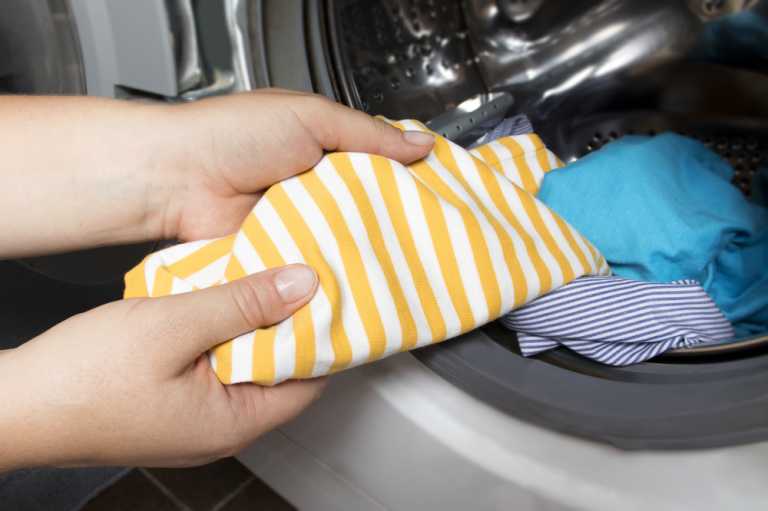Once, parents only used pull-up’s for potty training. They’d spend months battling sticky tabs while their wriggly toddler would twist, flip, and squirm through every diaper change.
Fortunately, technology has moved on. Pull-ups are now as absorbent as regular diapers, and you can start using them when your baby is just one year old. Plus, there’s a new kid on the block. Diaper pants. A handy halfway point between a pull-up and a regular diaper that your baby can wear from six months old.
When to Transition From Diapers to Pull-Ups
There’s no specific age to transition to pull-ups. Now that their absorbency rivals that of a standard diaper, they’re not just for potty training anymore.
However, it’s usually best to wait until your child can stand independently. After all, they’re designed to pull up, not wriggle over a lying down bottom.
You might want to make the switch if:
● Your Child Is Finding Diapers Uncomfortable
Active children might start to find the rigid waistband of diapers restrictive. The elastic waist of a pull-up is more flexible and comfortable for kids on the move.
● Your Active Toddler is Resisting Diaper Changes
If getting your toddler to lie down while you do up diaper tabs is becoming a struggle, try pull-ups. Your child can stand as you put them on or they might even be able to do it themselves.
● You’ve Started Potty Training
When your child is ready for potty training, pull-ups can make the process easier. The change from regular diapers will make your child feel like a big kid, they can pull them up and down by themselves, and they will be able to feel when they’ve had an accident.
What Is the Difference Between Pull-Ups and Diapers?
There are two main differences between pull-ups and diapers.
Firstly, the waistband of a pull-up is elasticated, and it can be put on and taken off like regular underwear. Diapers don’t have any elastic and rely on sticky tabs to secure them.
Secondly, diapers have a feel-dry layer that wicks moisture away from your baby’s skin. This helps keep them happy and dry. Pull-ups don’t have a feel-dry layer. This is because the feeling of wetness will encourage your toddler to use the potty the next time they need to pee.
Then there’s the new product on the market, diaper pants. These are a pull-up/diaper hybrid. They have all the absorbency and feel-dry technology of a regular diaper with the elasticated waistband of a pull-up. Super cozy!
These differences make for a huge variation in comfort, leakage, and convenience between the three products. Check out this comparison table for the details.
| Features | Pull-Ups | Diaper Pants | Diapers |
| Waistband | Elasticated waistband that stretches as your child moves. They can be pulled up and down just like underwear. | Elasticated waistband just like a traditional pull-up. | Non-stretch waistband with adhesive tabs that provide a snug fit. |
| Size | Size 4+ Most brands start at size 4. However, some do come in size 3. | Size 3-8 | Preemie – Size 7 |
| Age | 1 – 9 years + | 6 months – 3 years | Preemie – 2 years |
| Leak Protection | Most brands claim to offer the same absorbency as diapers. However, parents report the elastic makes them more prone to leaks at night. You can buy nighttime pull-ups to solve this issue. | Great leak protection. The back normally rises higher than traditional pull-ups, reducing leaks. | Excellent leak protection, especially if you choose diapers with a back pocket to prevent blowouts. Genius! |
| Comfort | Designed to feel wet. | Dry-feel layer that wicks away moisture. | Dry-feel layer that wicks away moisture. |
| Price | More expensive | Similar to regular diapers | Less Expensive |
| Design | Great patterns and pictures, which make them fun for kids. | Similar to regular diapers | Fewer fun designs |
Are Pull-Ups Easier to Use Than Diapers?
Pull-Ups and diaper pants can be much easier to use than regular diapers, as long as you realize you’re supposed to rip the sides to take them off. Trying to slide a soiled pull-up down over a wriggly child’s legs is a recipe for disaster.
Pull-ups and pants are also much better for an active child who resists lying down for a diaper change. Yes, they may still have to lie on a changing mat for clean-up, but as soon as that’s done, they can stand to put on their pull-up. If you’re really lucky, they might even put it on themselves.
Unfortunately, pull-ups aren’t perfect. The main difficulty is that you must fully remove your child’s trousers or tights to put on a new one. So if you don’t fancy wrestling your toddler back into tights six times a day, stick with diapers.
How Do You Change a Pull-up Diaper?
To change a pull-up or diaper pants:
- Rip both sides along the seam.
- Fold, making sure the contents can’t escape.
- Secure with the tape.
- Stretch out a clean diaper using both hands.
- Pop your child’s feet through the leg holes.
- Slide the pull-up up and over their bottom.
- If you have a boy, make sure his penis is pointing downwards; otherwise, you risk a leak.
Should You Use Pull-Ups for Potty Training?
Pull-ups can be a great potty training tool because they:
- Feel different to diapers, so your child doesn’t forget that they’re potty training.
- Let your child feel wetness, a sensation they should want to avoid.
- Can be used independently for trips to the potty.
- Come in cool, big kid designs.
However, they’re not a necessity. Some studies have suggested that skipping pull-ups and going straight to big kid underwear can speed up toilet training. It’s cheaper too! If you’ve got a new couch or nice carpet, though, it might not be worth the risk.
FAQs
Most parents switch to pull-ups for potty training at between 2 and 3 years old on average. Some never use them at all.
If you want to switch to an elastic waist sooner, diaper pants are great for babies over six months old.
Technically, pull-ups are as absorbent as diapers. In lab tests, they’ll hold the same amount of liquid. However, some parents find the elastic waists aren’t as secure as regular diapers. Especially overnight.
Nighttime pull-ups are the way to go if your little one frequently wets the bed. Or, stick to diapers at nighttime until your little one can stay dry.
Pull-ups typically cost more than diapers. However, if your little one can pull them up and down to visit the potty, you might find that you use fewer per day.
Yes, you can use pull-ups as early as six months if your baby finds diapers uncomfortable. You don’t need to be potty training to use them as they are just as absorbent as regular diapers.
